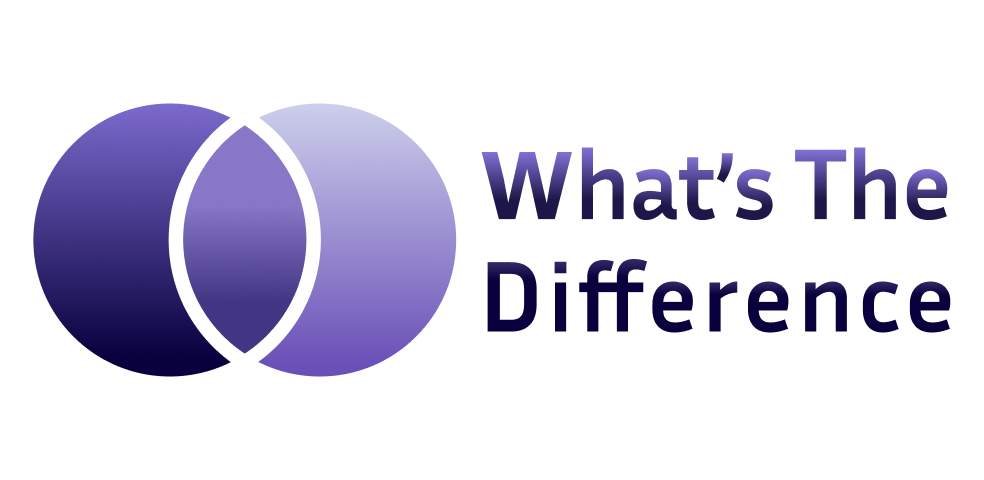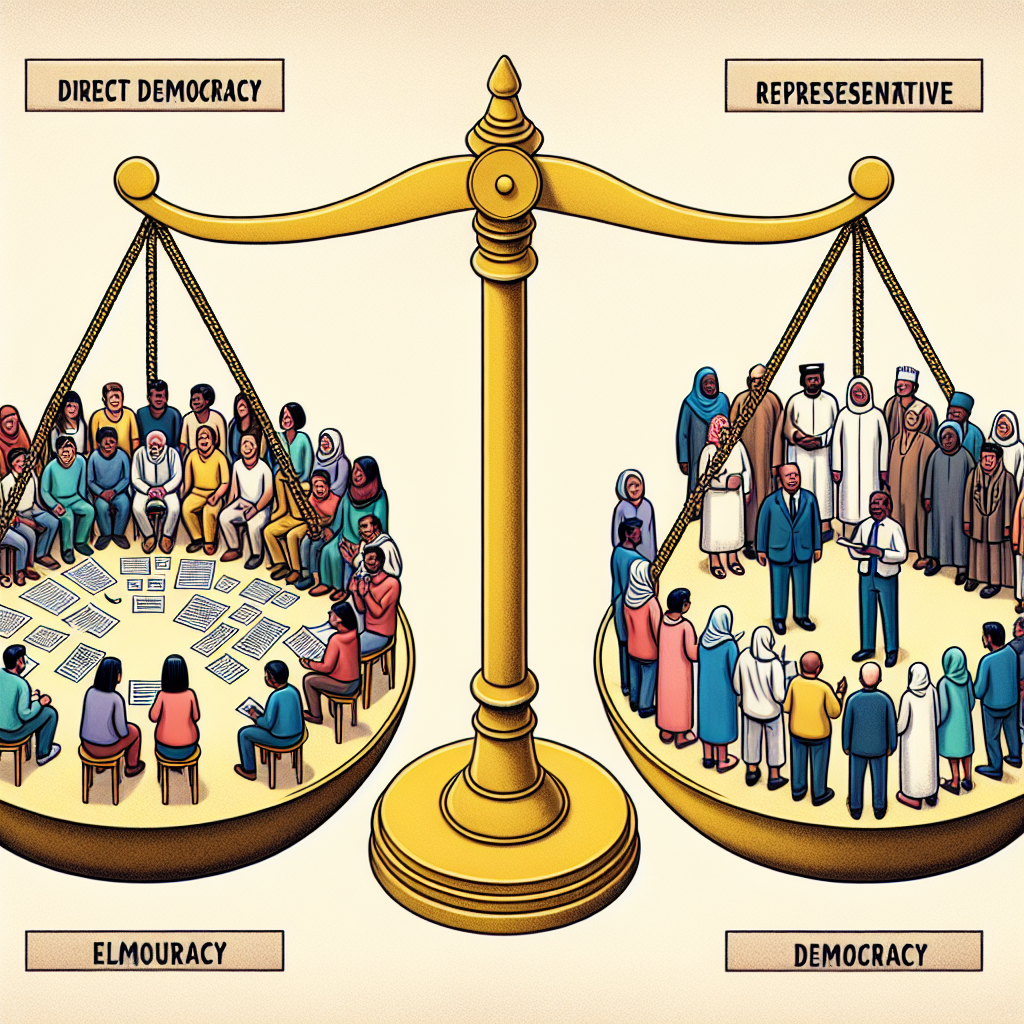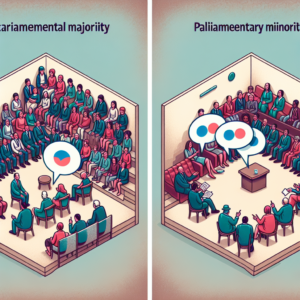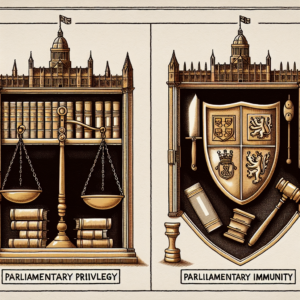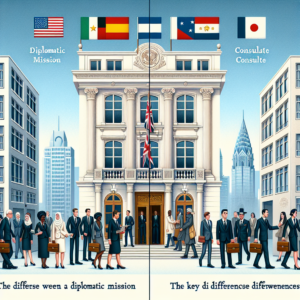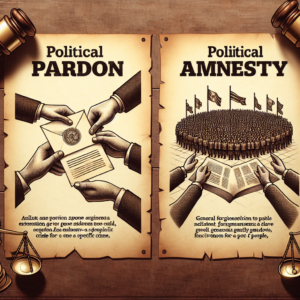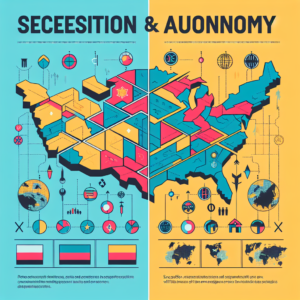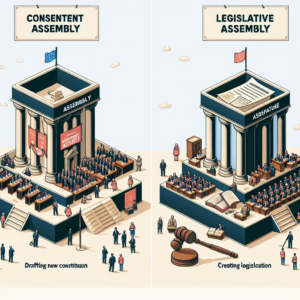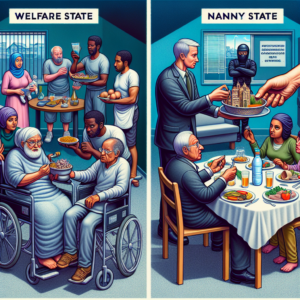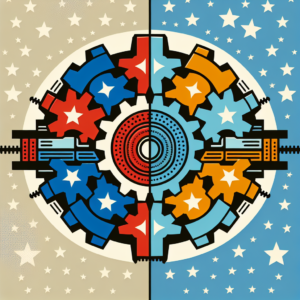In the complex landscape of political systems, democracy stands out as one of the most widely adopted models worldwide. However, not all democracies are created equal, and they can be categorized into different types based on how they operate. Two of the most prominent types are direct democracy and representative democracy. And while the two share the fundamental principle of involving citizens in the governance process, the way they do so differs significantly. What is the difference between direct democracy and representative democracy? This article aims to provide a clear distinction.
Understanding Direct and Representative Democracy
Direct democracy is a form of governance where citizens have the power to decide on policy issues directly. In this system, the citizens themselves are the government. Every law, bill, or policy is determined by the public’s vote, and this type of democracy is characterized by full or maximum citizen participation in the decision-making process. This kind of democracy is mostly seen in small communities or in organizations where decisions can be made in a town hall meeting type of setting.
On the other hand, representative democracy, also known as indirect democracy, is a system where citizens elect representatives to make laws and policies on their behalf. Here, the elected individuals represent the citizen body and they carry the responsibility and the power to make laws and decisions. The representatives are chosen through periodic elections. Most modern democratic countries, including the United States, operate under a representative democracy.
Key Differences Between Direct and Representative Democracy
So, what is the difference between direct democracy and representative democracy? The key difference lies in the level of citizen participation in the decision-making process. In direct democracy, citizens have an active role in the creation and passage of laws and policies. Each citizen’s vote has a direct impact on the outcome, and they have the opportunity to shape their society’s political landscape directly.
In representative democracy, on the other hand, citizens participate indirectly through the election of representatives. These representatives then take charge of the decision-making process. While this allows for efficient governance in larger societies, it also introduces a layer of separation between citizens and decision-making, as representatives may not always act in line with their constituents’ wishes. Another key difference is the scale on which these systems can work effectively. Direct democracy may work well in smaller communities, while representative democracy is more suitable for larger populations.
In conclusion, both direct and representative democracy share the core concept of citizen involvement in governance. However, the extent and manner of this involvement vary, leading to key differences. Direct democracy gives citizens the power to directly decide on laws and policies, making it suitable for smaller communities. On the other hand, representative democracy sees citizens elect representatives to make these decisions on their behalf, making it more effective for larger populations. Understanding these differences is essential in appreciating the nuances of different democratic systems and their application in various societal contexts.
